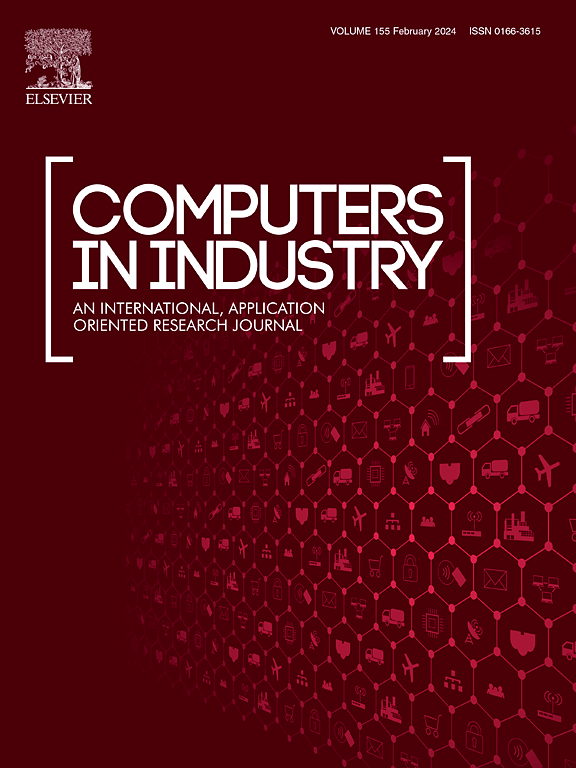使用 AR 创作工具开发 AR 说明的手持增强现实交互技术比较研究
IF 9.1
1区 计算机科学
Q1 COMPUTER SCIENCE, INTERDISCIPLINARY APPLICATIONS
引用次数: 0
摘要
增强现实(AR)指令为公司提供了巨大的节约潜力。然而,由于需要编程技能和空间知识,开发这些 AR 指令历来具有挑战性。为了解决这一复杂问题,业界和学术界正在努力简化 AR 开发。这一过程的一个关键方面是在物理环境中准确定位 AR 内容,这需要有效的 AR 交互技术,以实现对 AR 元素的全三维操作。在本研究中,我们对三种不同的 AR 交互技术进行了实验比较,共有 55 名参与者参加,目的是对他们在与 AR 教学开发相关的任务中的表现、工作量和用户满意度进行实证评估。我们的研究结果有助于未来 AR 教学和 AR 创作工具的设计,同时强调了评估 AR 交互技术的重要性,这些技术可以根据预期应用领域的特定需求,为没有编程经验的用户量身定制。本文章由计算机程序翻译,如有差异,请以英文原文为准。
A Comparative Study of Handheld Augmented Reality Interaction Techniques for Developing AR Instructions using AR Authoring Tools
Augmented Reality (AR) instructions offer companies tremendous savings potential. However, developing these AR instructions has traditionally been challenging due to the need for programming skills and spatial knowledge. To address this complexity, industry and academia are working to simplify AR development. A crucial aspect of this process is the accurate positioning of AR content within the physical environment, which requires effective AR interaction techniques that enable full 3D manipulation of AR elements. In this study, we conducted an experimental comparison of three different AR interaction techniques with 55 participants to empirically assess their performance, workload, and user satisfaction across tasks related to AR instruction development. Our findings contribute to the design of future AR instructions and AR authoring tools, emphasizing the importance of evaluating AR interaction techniques that can be utilized by users without programming experience tailored to the specific needs of the intended application domain.
求助全文
通过发布文献求助,成功后即可免费获取论文全文。
去求助
来源期刊

Computers in Industry
工程技术-计算机:跨学科应用
CiteScore
18.90
自引率
8.00%
发文量
152
审稿时长
22 days
期刊介绍:
The objective of Computers in Industry is to present original, high-quality, application-oriented research papers that:
• Illuminate emerging trends and possibilities in the utilization of Information and Communication Technology in industry;
• Establish connections or integrations across various technology domains within the expansive realm of computer applications for industry;
• Foster connections or integrations across diverse application areas of ICT in industry.
 求助内容:
求助内容: 应助结果提醒方式:
应助结果提醒方式:


